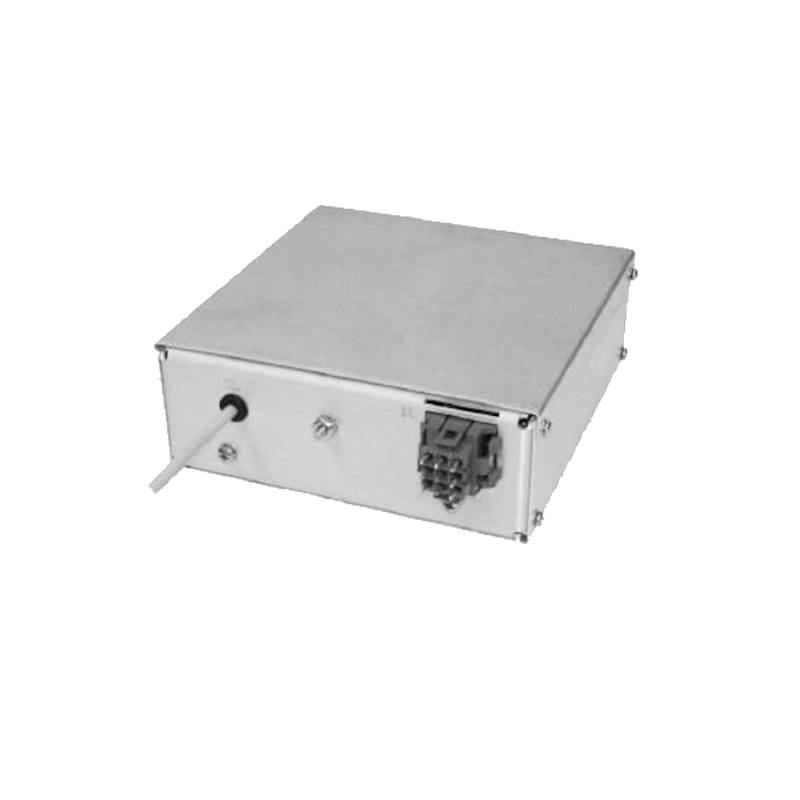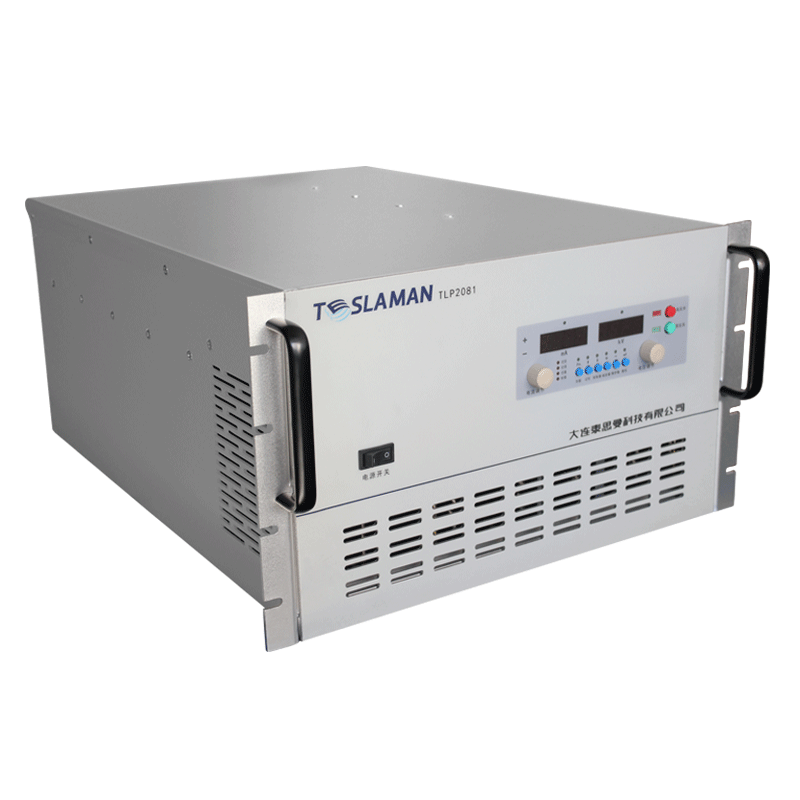Optimization of Excimer Laser High-Voltage Power Supply Pulse Trains: Technology and Applications
In excimer laser systems, the quality of high-voltage power supply pulse trains directly determines the stability, efficiency, and application precision of laser output. Traditional high-voltage power supplies, limited by switching device performance, struggle to simultaneously meet requirements for high repetition rates (kHz-level), narrow pulse rise times (<100 ns), and high stability (energy fluctuation <1%). Pulse train optimization achieves precise modulation of high-voltage pulse waveforms through solid-state switching technology, magnetic pulse compression (MPC), and temporal synchronization control, providing critical technical support for lithography, medical applications, and microprocessing.
I. Core Technologies for Pulse Train Optimization
1. Solid-State Switches and Magnetic Pulse Compression
Traditional thyratrons suffer from short lifespans (≈10⁹ shots) and wide pulse rise times (150–300 ns), limiting high-repetition operation. All-solid-state solutions utilize IGBTs with multistage magnetic compression circuits:
• First Stage: IGBT generates μs-level high-voltage pulses (10–20 kV);
• Subsequent Stages: Magnetic switches compress pulse width to <0.1 μs and reduce rise time to 50–90 ns using nanocrystalline cores (e.g., ΔB=2.1–2.2 T).
This approach achieves >59% energy transfer efficiency, supports kHz repetition rates, and extends lifespan beyond 10⁹ shots.
2. Pulse Timing Synchronization
Pulse train uniformity relies on precise coordination between pre-ionization and main discharge:
• Pre-ionization: Corona pre-ionization triggered 5–50 ns before the main discharge generates uniform electron clouds, preventing localized arcing;
• Closed-Loop Control: Real-time discharge current monitoring dynamically adjusts voltage slope, suppressing jitter-induced spectral broadening (e.g., E95 bandwidth stability <0.1 pm).
3. Dual-Cavity Energy Management
For high-energy applications (e.g., lithography), a Master Oscillator Power Amplifier (MOPA) architecture is adopted:
• Seed Source: The master cavity generates low-energy, narrow-linewidth (FWHM<0.2 pm) initial pulses;
• Power Amplifier: A pulse stretcher reduces peak power before amplification, achieving single-pulse energy stability of ±0.8% at 6 kHz.
II. Technical Challenges and Breakthroughs
1. Electromagnetic Compatibility and Thermal Management
• EMC Issues: High-frequency interference from ns-level switching is mitigated via PCB layered layouts and magnetic shielding;
• Thermal Management: IGBT losses at high repetition rates are controlled using microchannel liquid cooling and SiC wide-bandgap devices, limiting temperature rise to ΔT<15°C.
2. Pulse Train Uniformity Assurance
Angular multiplexing technology spatially separates pulse trains, while Sagnac interferometers enable coherent beam combining with ps-level precision (optical path difference <1 cm), minimizing energy loss.
III. Application Value
1. Lithography
Optimized pulse trains enable 7 nm node lithography:
• 6 kHz ArF sources achieve linewidth stability <0.1 pm, ensuring overlay accuracy;
• Pulse rise times ≤50 ns improve discharge uniformity, extending gas lifetime by 30%.
2. Medical and Microprocessing
• Energy fluctuations <1% in corneal surgery prevent micro-roughness on ablated surfaces;
• Nanosecond-level uniform pulses achieve SiC surface processing roughness <4.11 nm.
IV. Future Trends
1. Intelligent Integration
• FPGA-based real-time pulse slope adaptation compensates for gas aging;
• Multistage MPC with resonant charging will compress pulses to 20 ns-level.
2. Advanced Materials
Ultrafast magnetic switch materials (e.g., high-ΔB nanocrystalline cores) will enhance compression efficiency for next-generation EUV lithography.
Conclusion
Pulse train optimization in excimer laser high-voltage power supplies—enabled by solid-state switching, magnetic compression, and temporal control—achieves high repetition rates, narrow linewidth, and long lifespan. Future breakthroughs in intelligent algorithms and magnetic materials will further unlock its potential in advanced manufacturing and scientific research.




















